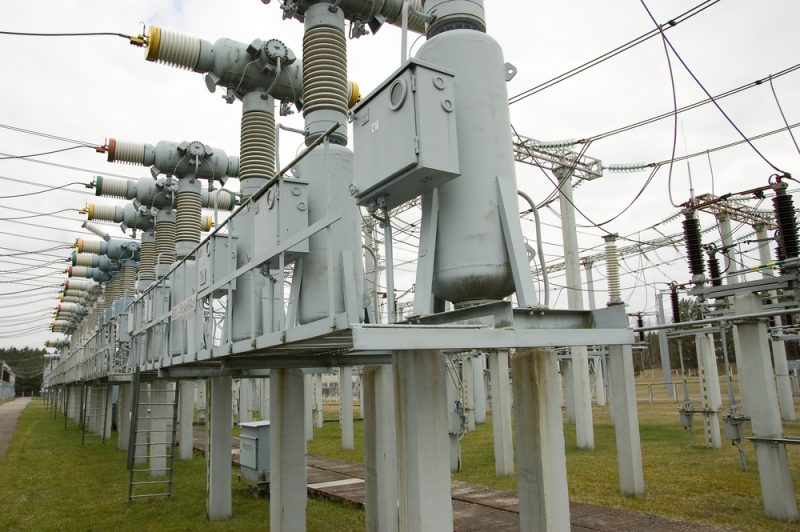Hurricane Harvey caused transmission system outages, decreased electricity demand, EIA report says

At its peak, Hurricane Harvey forced outages of more than 10,000 megawatts of electrifying generating capacity in the Electric Reliability Council of Texas (ERCOT) grid and distribution lines, according to recently released data from the U.S. Energy Information Administration (EIA).
The report noted that power plant outages were largely caused by rain or flooding affecting generator fuel supplies, outages of transmission infrastructure connecting generators to the grid, and personnel not being able to reach generating facilities.
The storm also damaged hundreds of high-voltage transmission lines, including six 345 kilovolt lines. Most of the damaged transmission facilities were located along the Gulf Coast of Texas and within the city of Houston.
Effects of the hurricane also significantly lowered the demand for electricity in the ERCOT transmission area, however, EIA noted that cooler temperatures also contributed to the decrease in demand. Despite a large number of generator outages, EIA said, ERCOT was able to meet total electricity demand in part due to the lower demand levels.
Sustained wind speeds reached as high as 130 miles per hour near Rockport, Texas, which caused a shutdown of wind turbines in the area. According to EIA, turbines are typically shut off at wind speeds of more than 55 miles per hour, however, the ERCOT region saw increased levels of wind generation in the days after landfall when wind speeds decreased below that level.
